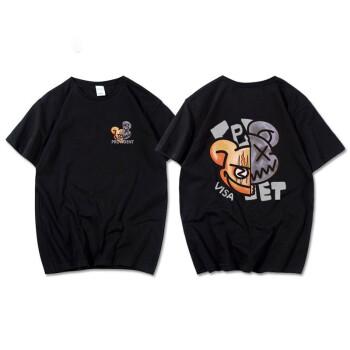The process flow of clothing production usually includes the following steps:
1. Design and planning: Determine the design concept, style, style and color matching of the clothing. , and develop design plans and drawings.
2. Purchase fabrics and accessories: According to the design plan, select suitable fabrics and accessories and purchase them. Fabric selection takes into account factors such as quality, color, texture and suitability.
3. Cutting: Cut the purchased fabric according to the size and shape according to the design plan and cutting drawings. Cutting should be accurate and precise to ensure full utilization of fabrics and matching of garment components.
4. Sewing: Sew the cut fabric according to the cutting drawing and sewing process. Including sewing different parts of fabrics, processing decorative details, sewing and joining collars, cuffs, hems, etc.
5. Styling and modification: After sewing is completed, the garment is shaped, such as ironing, steam finishing, etc., to make the garment smooth and three-dimensional. and smooth effects. At the same time, modification, decoration and other processes are carried out, such as buttons, zippers, embroidery, printing, etc.
6. Quality inspection: Conduct quality inspection on the finished garments, including size, sewing stitches, seam firmness, fabric quality, etc. examine.
7. Sorting and packaging: Sorting and packaging of qualified clothing, including folding, stacking, use of packaging bags or boxes, etc., to protect and Display clothing and facilitate shipping and selling.
8. Finally, provide after-sales service according to needs, such as providing size modification, repair and maintenance suggestions, etc.
During the entire production process, attention needs to be paid to communication and coordination between design and actual production to ensure that the quality and effect of clothing production meet the design requirements. At the same time, it is also necessary to comply with relevant production process specifications and environmental protection requirements to ensure product safety, environmental protection and sustainable development.





